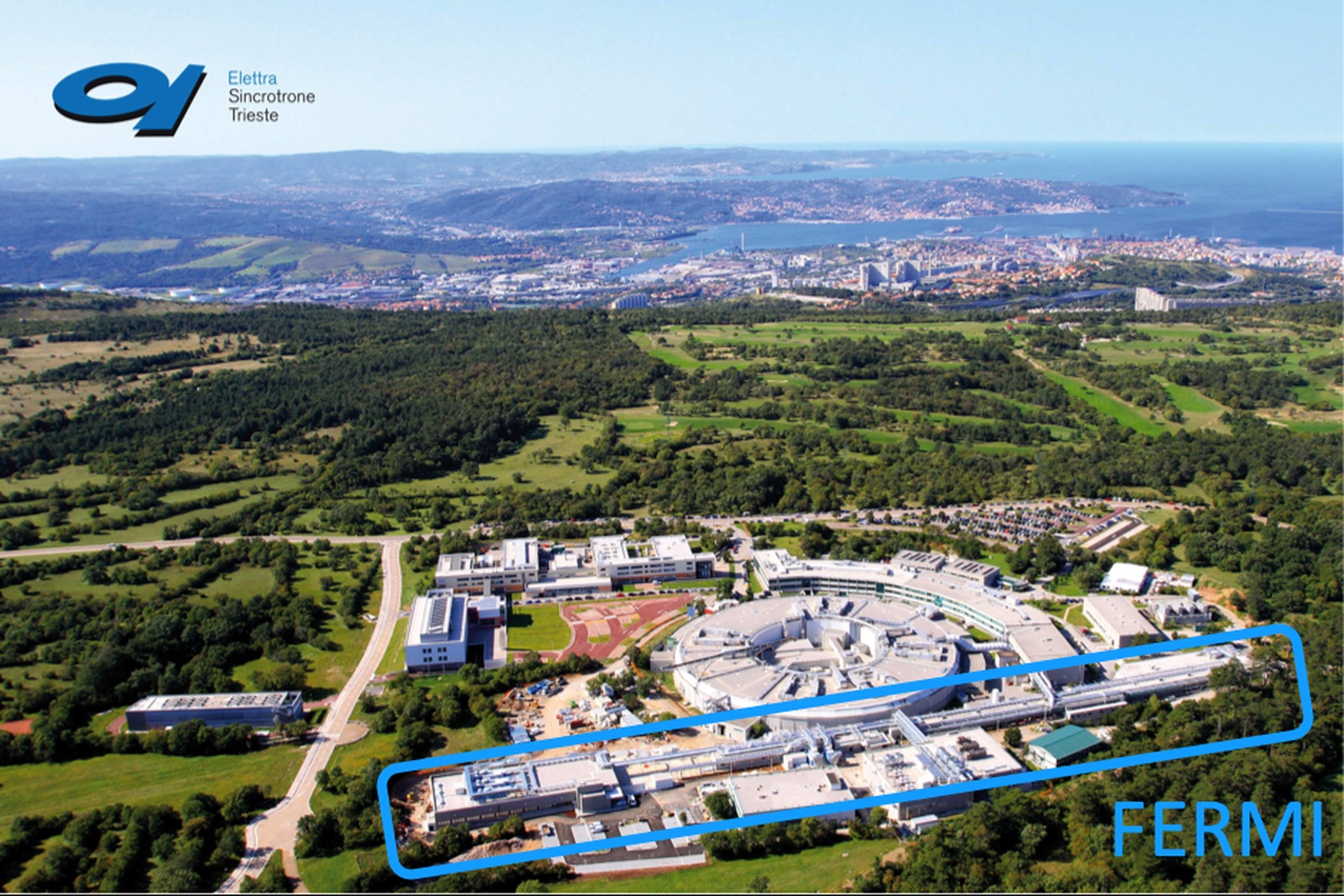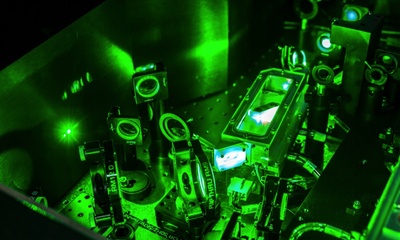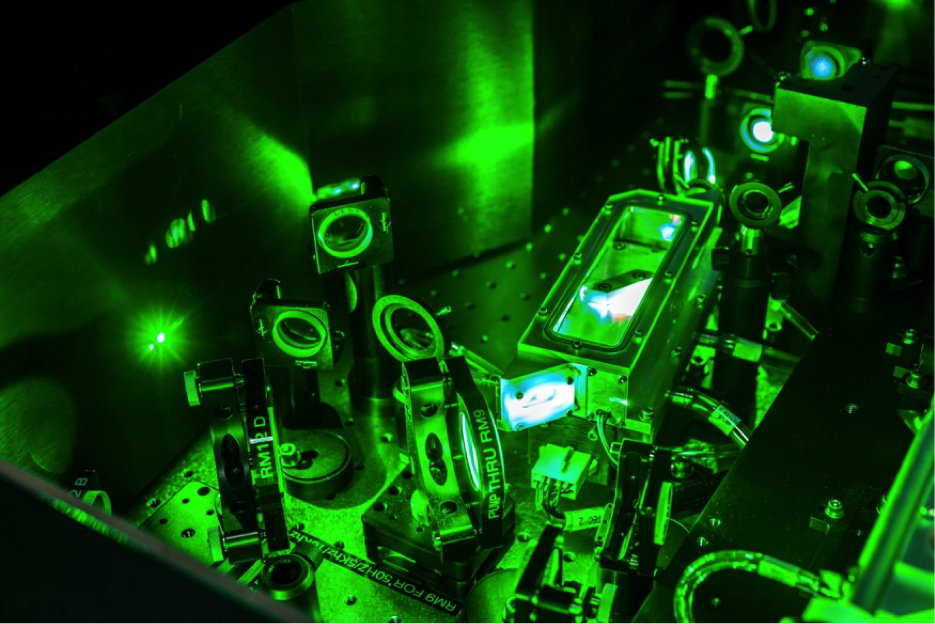Researchers of the University of Nova Gorica played an important role in the development of an x-ray free-electron laser
A fully coherent source of intense soft x-ray pulses

An international team of scientists including two researchers from the University of Nova Gorica demonstrated a new method for producing intense and fully coherent soft x-ray pulses for studying interactions between the basic building blocks of matter. The experiment was performed at the FERMI free-electron laser in Trieste.
Free-electron lasers generate x-rays in the form of strong and short bursts lasting just a few quadrillionths of a second (0.000 000 000 000 001 s). Such pulses are short enough to study interactions between atoms or molecules on their natural time scales.
Free-electron lasers can be used to get information on the crystal structure of proteins, electron dynamics in novel materials, and complex quantum mechanical phenomena during transition of x-rays through gases. This information can be exploited to develop new drugs, new electronic devices, and to test physical models.
Most x-ray free-electron lasers amplify spontaneous radiation emitted by fast (relativistic) electron bunches traversing a periodic magnetic field. This generates broadband pulses with a chaotic temporal structure, which are not suitable for use in several recently developed techniques for studying the dynamics of matter.
An international team of scientists, in which two researchers from the Laboratory of Quantum Optics of the University of Nova Gorica, prof. dr. Primož Rebernik Ribič and prof. dr. Giovanni De Ninno played a key role, demonstrated a new method, where the electron bunch is carefully prepared before emission in order to produce light at a specific wavelength. Using two ultraviolet laser beams, the electrons within the bunch are compressed into thin slices. When such an electron bunch traverses a periodic magnetic field, it emits an intense and narrowband x-ray pulse. The results of the experiment performed at the FERMI free-electron laser at the Elettra laboratory in Triste (which closely collaborates with the Laboratory of Quantum Optics of the University of Nova Gorica) were published in the journal Nature Photonics.
“FERMI is currently the only soft x-ray laser in the world operating in this configuration”, says the first author and member of the Laboratory of Quantum Optics prof. dr. Primož Rebernik Ribič. “The method will allow generation of intense and coherent laser pulses at wavelengths of only a few nanometres, which could be used to study the structure and dynamics of biological samples and for performing entirely new experiments in the emerging field of nonlinear x-ray optics.”
Link to the article: https://www.nature.com/articles/s41566-019-0427-1
Research highlight: https://www.nature.com/articles/d41586-019-01457-3


